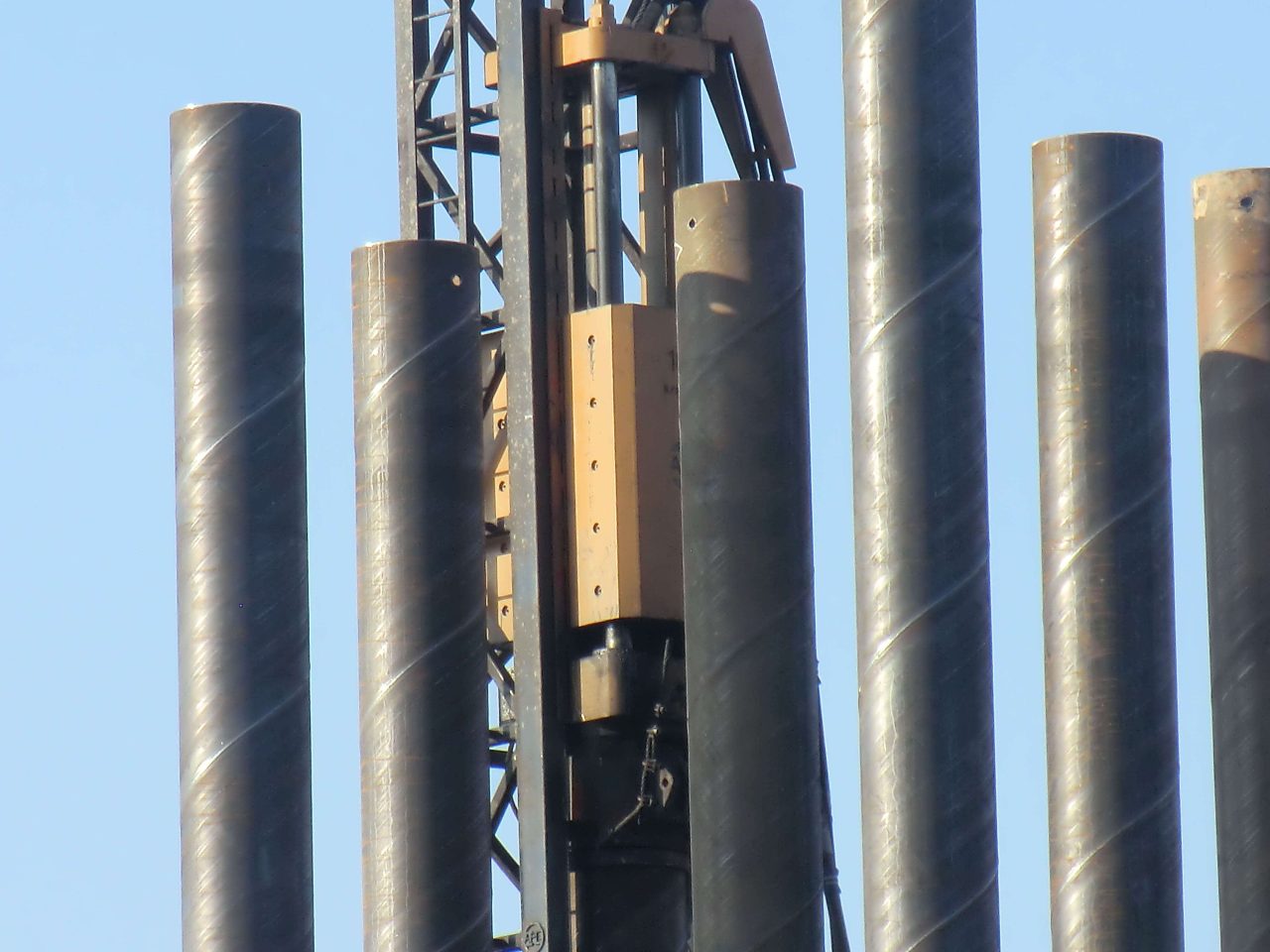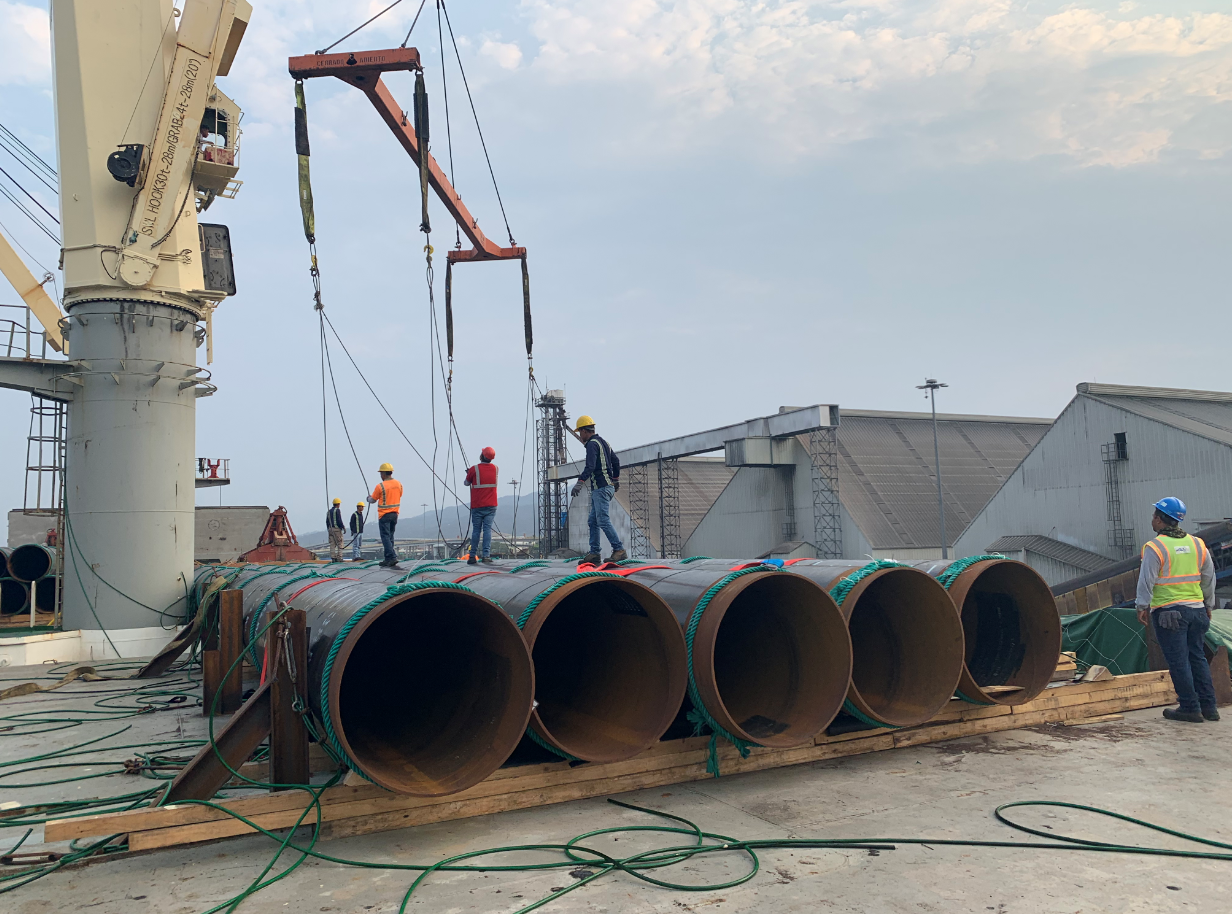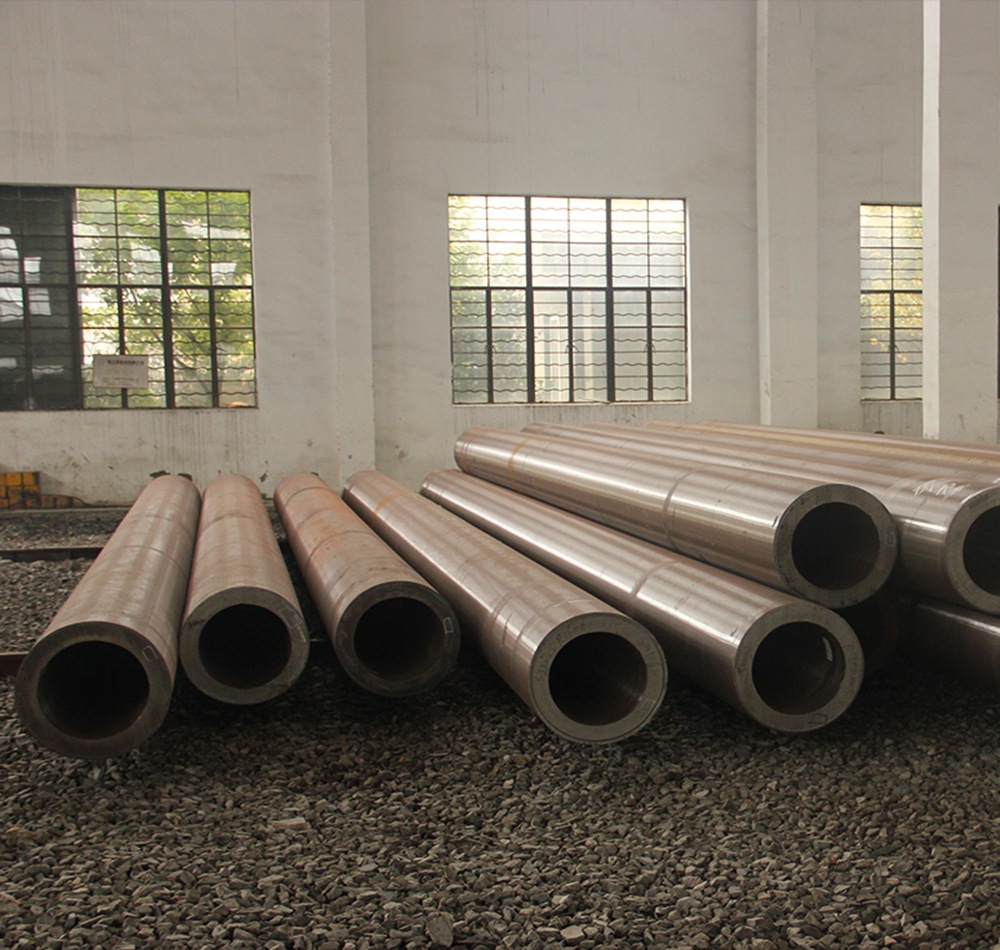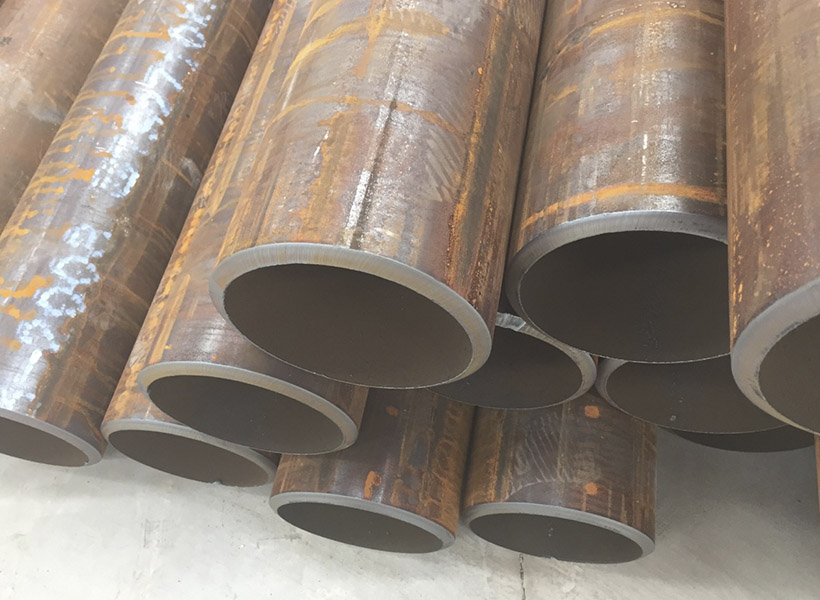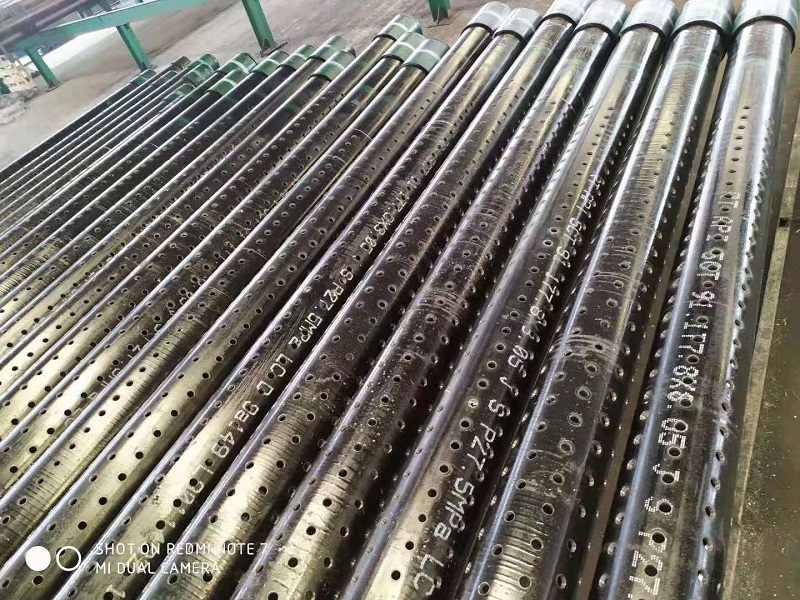SSAW Pipe vs LSAW Pipe: Comparing Submerged Arc Welded Options
SSAW (Spiral Submerged Arc Welded) and LSAW (Longitudinal Submerged Arc Welded) pipes are both produced using the Submerged Arc Welding (SAW) technology but differ significantly in their manufacturing processes, applications, and structural integrity. Here’s a detailed comparison:
1. Manufacturing Process
- SSAW Pipes: These are made by spirally welding a hot-rolled coil of steel. The process begins with the unwinding of the steel coil and forming it into a spiral shape, resulting in a helical seam. This method is well-suited for producing large-diameter pipes.
- LSAW Pipes: These pipes are manufactured by bending and welding flat steel plates. Steel plates are molded into cylindrical shapes and then longitudinally welded along the seam. This method is preferred for creating pipes with high diameter-to-wall thickness ratios, suitable for high-pressure and high-strength applications.
2. Structural and Design Differences
- Shape and Seam: SSAW pipes have a spiral seam, which can potentially introduce stress concentrations, particularly under high internal pressures. In contrast, LSAW pipes have a straight seam that offers better mechanical strength under similar conditions.
- Diameter and Wall Thickness:
- SSAW pipes typically range from 20 inches to 100 inches in outer diameter, which makes them suitable for large-scale applications.
- LSAW pipes, on the other hand, range from 16 inches to 60 inches in diameter. They can accommodate a higher wall thickness compared to SSAW pipes, enhancing their ability to withstand higher pressures.
3. Cost and Efficiency
- Cost: SSAW pipes are generally cheaper to produce than LSAW pipes due to the efficiency of the spiral welding process and less stringent tolerance requirements for certain applications.
- Efficiency: The production efficiency of SSAW pipes is higher as the process allows for continuous manufacturing without interruption. LSAW pipe manufacturing is slower and more labor-intensive, especially due to the longitudinal welding and the need for multiple repositioning of the material.
4. Applications
- SSAW Pipes: Due to their cost-effectiveness and large diameter capabilities, they are primarily used in applications such as water transport, construction, and in certain low to medium pressure oil and gas pipeline projects.
- LSAW Pipes: These are preferred for high-pressure applications such as the oil and gas industry, where the pipes are subjected to both high internal and external pressures. LSAW pipes are also used in offshore constructions and other high-stress applications due to their higher structural integrity and straight seam.
5. Precision and Tolerance
- Both types of pipes have moderately precise thickness tolerances, but LSAW pipes generally offer higher geometric accuracy due to the nature of the longitudinal seam and controlled manufacturing process.
Conclusion
Choosing between SSAW and LSAW pipes largely depends on the specific requirements of the project, including the expected pressure, structural demands, and budget constraints. LSAW pipes, while more expensive, provide better performance in high-pressure environments and where high geometric accuracy is crucial. SSAW pipes, offering larger diameters and cost savings, are suitable for broader, less pressure-intensive applications.

